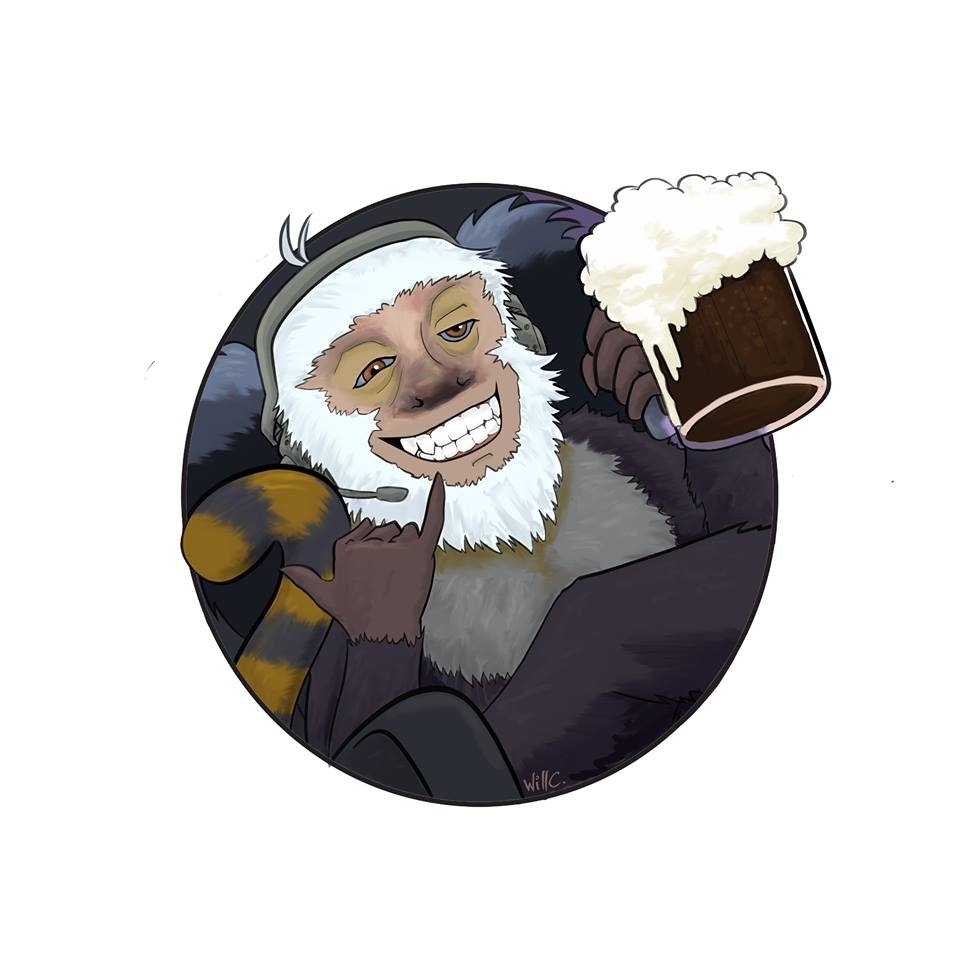Thomas Was Alone: A Charmingly Intelligent Adventure
/Narrative and characterization has rarely been the strong suit of platformers. How often is it that gamers have been given the opportunity to empathize with Mario, Sonic, or Megaman? It's strange, but pleasing, to find such strong characterization in a 2D sidescrolling platformer featuring quadrilaterals as its protagonists in this generation of games.
Mike Bithell's Thomas Was Alone is a puzzle-platformer that tasks players with getting each quadrilateral to its own portal, an exit to the level in the shape of said quadrilateral. Players move the shapes left and right and by jumping or falling. The unique aspect of the gameplay itself is that players may control up to six rectangles of various widths, heights, and abilities such as jump height, the power to float on otherwise deadly toxic water, double-jumping, acting as a trampoline for others, and even opposite-gravity. Getting each shape to its respective exit, which is not always gathered together with the others, requires using each to help the others, creating stairways, elevating less-flighty rectangles, or hitting switches through narrow walkways or at great heights. Each shape has its own unique characteristics that players must figure out how to utilize within the makeup of the entire team. The puzzles rarely felt too challenging, but they were extremely fun to solve, though moving some pieces—like the tiniest square with a small jump to a higher platform—takes some patience and planning. Death by toxic water or pointy spikes is typically followed by a resurrection at a close-by spawn point. At a certain juncture in the gameplay, shapes can be imbued with and switch out these different characteristics one at a time by moving through properly-colored sections of a level, adding another layer of complexity to the gameplay. It rarely ever feels frustrating or very difficult, but still offers compelling challenges.
Thomas Was Alone is not just a simple puzzle game. The second unique aspect of its gameplay is the way in which a story of discovery, sacrifice, and the desire for freedom is told through variously colored and shaped quadrilaterals. The narrator, voiced by Danny Wallace, expresses the thoughts of each of the shapes in a charming English accent a-la Little Big Planet in each level, identifying them by name and sharing their fears, excitement, discoveries, feelings, and thoughts. This one element injects a great deal of humanity into the otherwise simple shapes, allowing players to empathize with them. I never thought I could care so much about the fate of rectangles, but while playing I found myself deeply invested in their fates and relationships.
The narrative material wanes philosophical as well. Each of the characters, particularly Thomas, are alarmingly aware that the environment and system that they live in is limited and changes only to guide them. This juxtaposes the player's position participating in the game, a participation that is also equally limited by the rules of the system. I was fascinated by this slight breach of the fourth-wall, and the game becomes somewhat of a discussion about what it means to play a game and exist in its system, and leaves the air open for thoughts to reflect on our own positions in life as well.
Adding to the enchanting narration is the stellar soundtrack by David Houston. The music is rich yet almost minimalistic, utilizing wonderfully clear and resonant piano melodies and chords, 8-bit crunchy melodic and rhythmic blips, strings, and guitar. It comes off as alluring, emotional, and driving, adding even more to the personalities of the polygonal characters and the similarly minimalistic visuals. The music infuses a great deal of feeling and mood, effectively becoming an essential part of the game's character.
The quirky adventure runs about 12 hours long.
Bottom Line: I would highly recommend this title to anyone interested in a thoughtful, unique, and artful experience.



